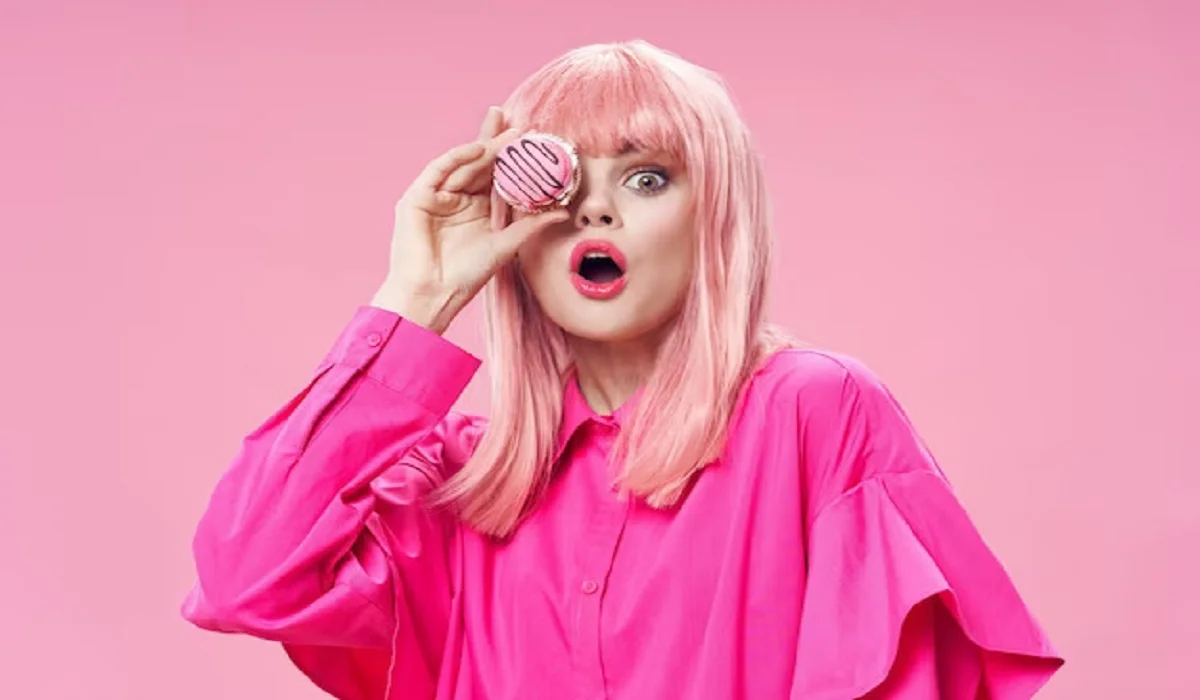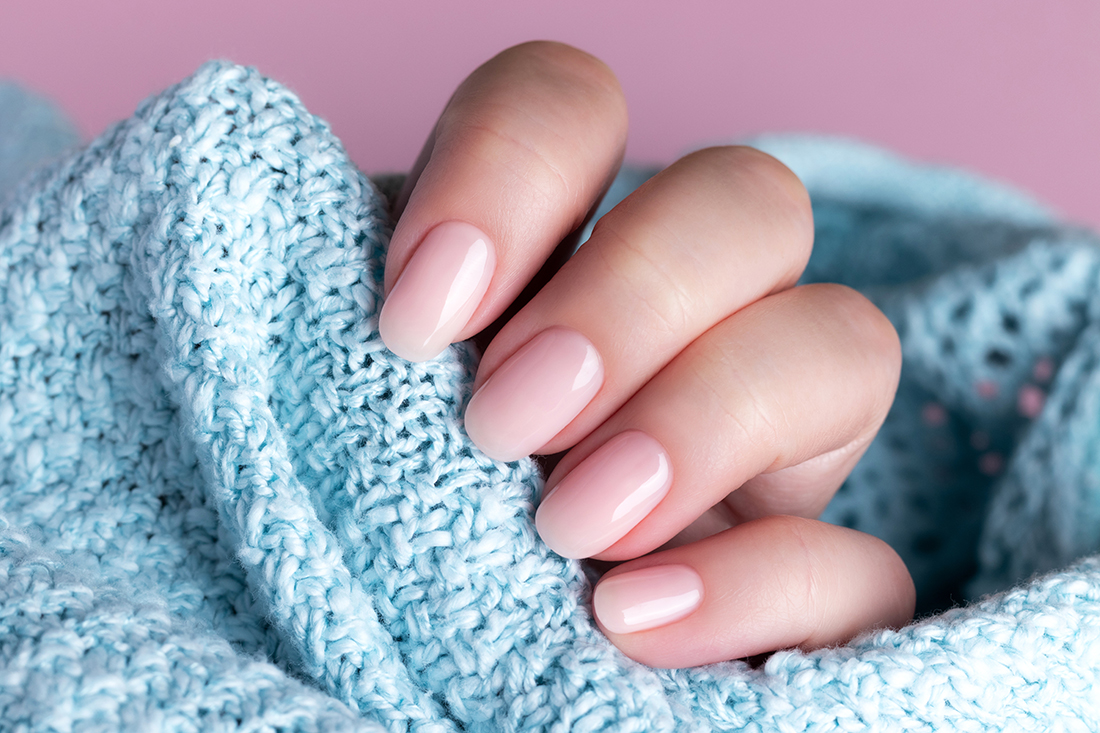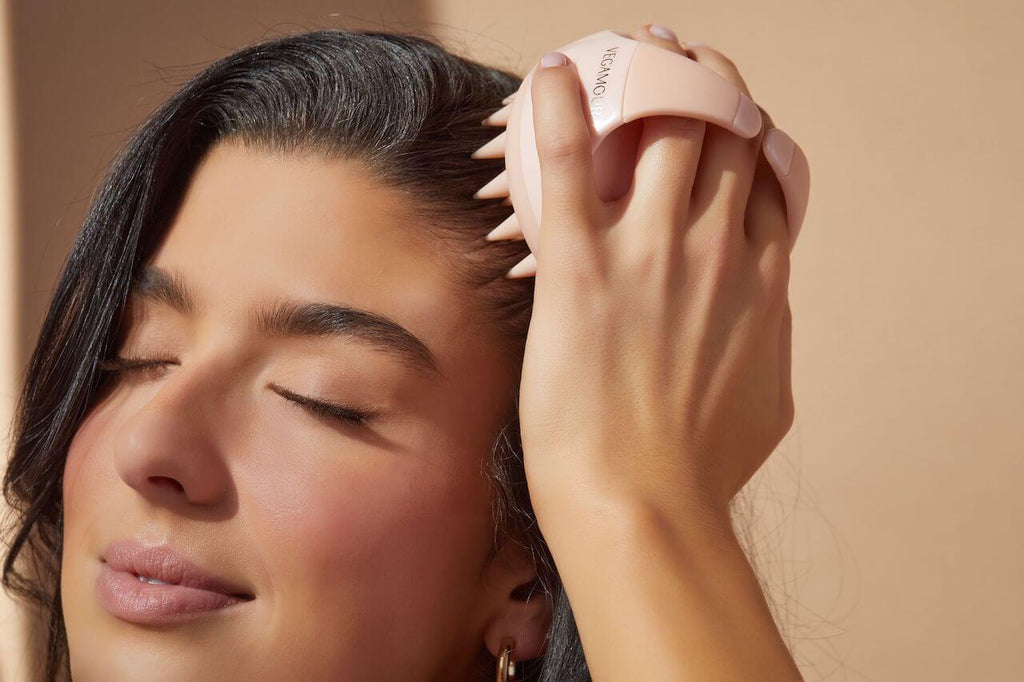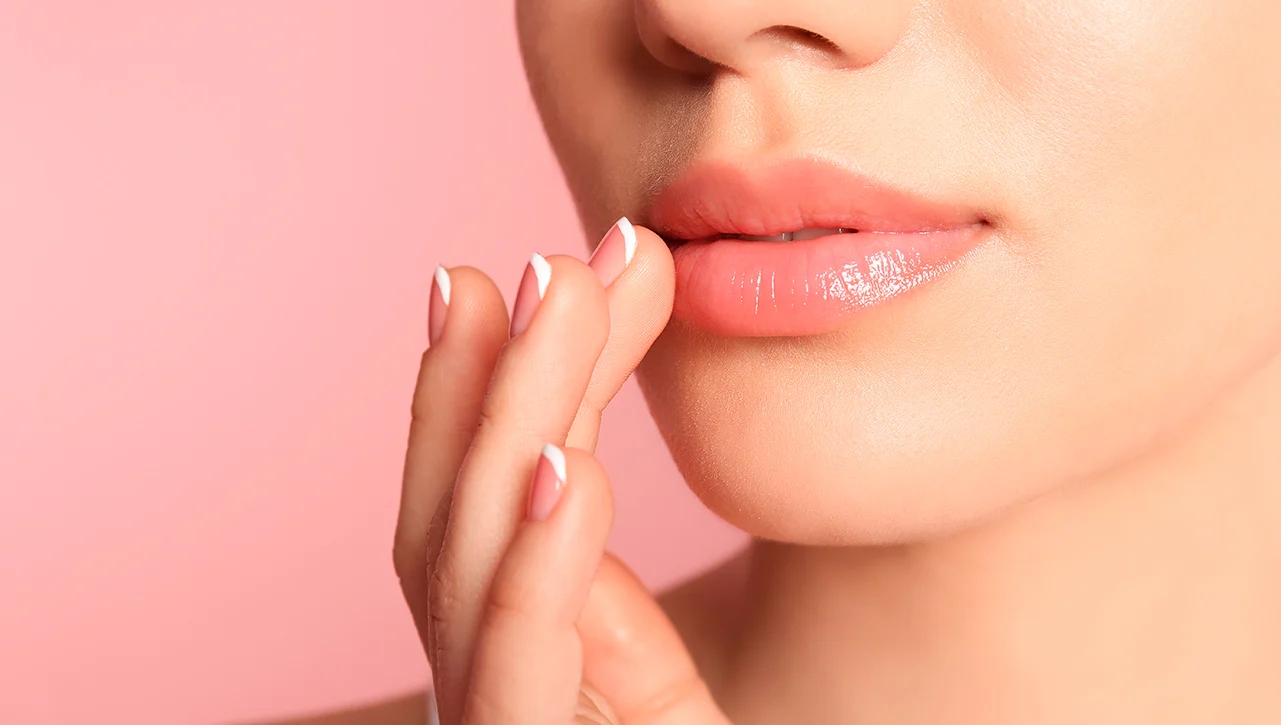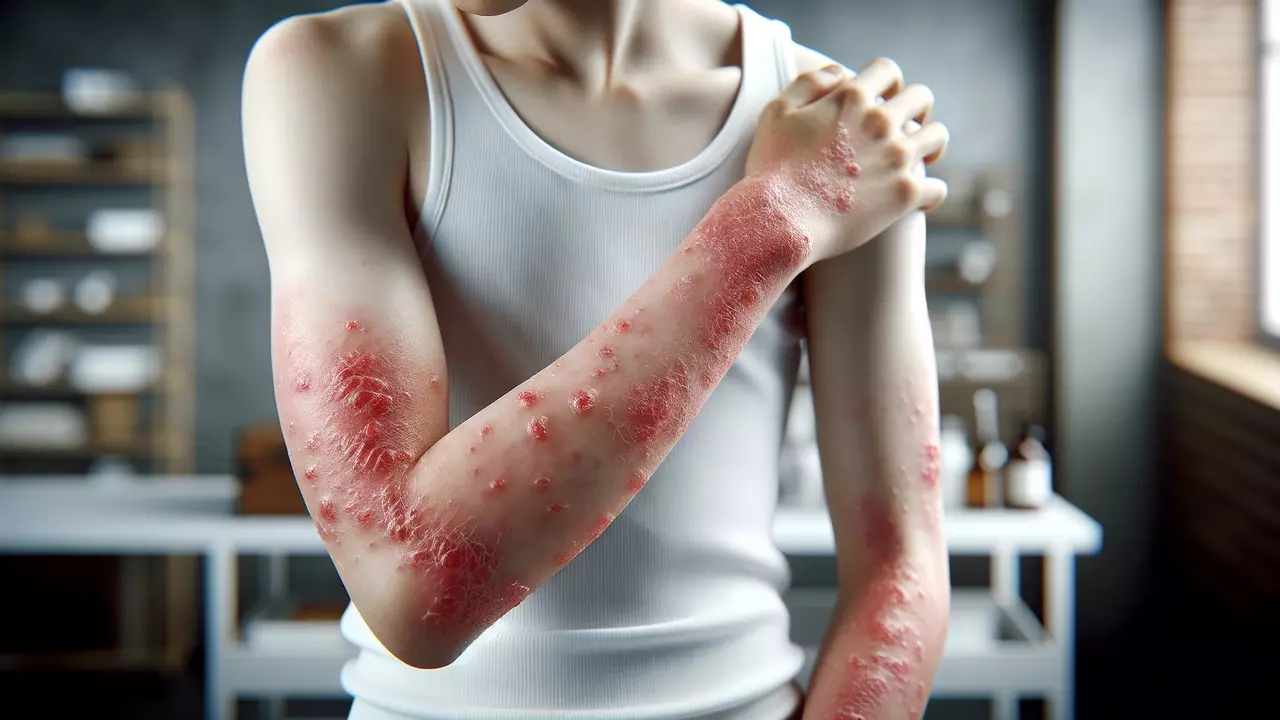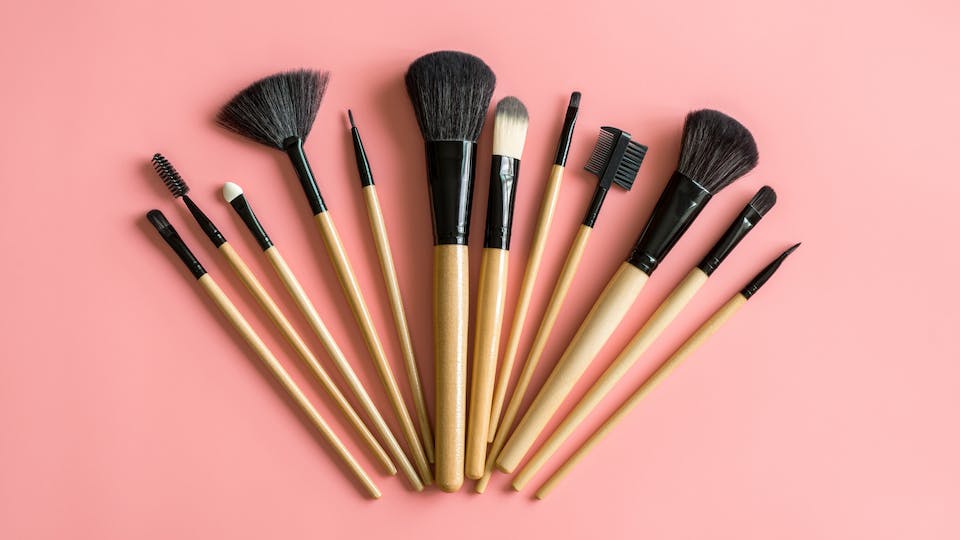Was ist ein Depressionstest?
Ein Depressionstest ist ein Selbstbewertungsinstrument, das Einzelpersonen dabei unterstützt, ihre geistige Gesundheit zu bewerten und festzustellen, ob sie möglicherweise Symptome einer Depression aufweisen. Er besteht in der Regel aus einer Reihe von Fragen zu Gedanken, Gefühlen und Verhaltensweisen im Zusammenhang mit Depressionen. Diese Tests sind darauf ausgelegt, den Schweregrad und die Häufigkeit depressiver Symptome zu bewerten.
Warum sollten Sie erwägen, einen Depressionstest durchzuführen?
Es gibt mehrere Gründe, warum es von Vorteil sein kann, einen Depressionstest durchzuführen:
- Selbstbewusstsein und Anerkennung
Die Symptome von Depression können oft unbemerkt bleiben oder mit anderen Problemen verwechselt werden. Ein Depressionstest kann Ihnen helfen, sich Ihrer selbst bewusster zu werden und die Anzeichen einer Depression zu erkennen. Diese Selbstreflexion kann der erste Schritt sein, um Hilfe und Unterstützung zu suchen, die Sie brauchen. - Validierung und Verständnis
Depressionstests können eine Bestätigung für das liefern, was Sie fühlen. Wenn die Testergebnisse darauf hinweisen, dass Sie möglicherweise eine Depression erleben, kann dies dazu beitragen, Ihre Gefühle zu normalisieren und ein Gefühl des Verständnisses zu vermitteln. Zu verstehen, dass das, was Sie durchmachen, eine legitime Erkrankung ist, kann Schuldgefühle oder Scham mildern, die damit verbunden sein könnten. - Zugang zu Ressourcen und Behandlungen
Durch den Abschluss eines Depressionstests erhalten Sie Zugang zu wertvollen Ressourcen und Behandlungsoptionen. Je nach Schwere Ihrer Symptome kann der Test empfehlen, einen Fachmann wie einen Therapeuten aufzusuchen oder Medikamente einzunehmen. Er kann Ihnen auch Informationen über Selbsthilfegruppen, Hilfshotlines und andere nützliche Ressourcen bieten.
Wie man einen Depressionstest besteht
Während Depressionstests variieren können und online oder in Form von Fragebögen gefunden werden können, ist es wichtig, sie mit Ehrlichkeit und Selbstreflexion anzugehen. Hier sind einige Schritte zu beachten, wenn Sie einen Depressions-Test machen:
- Einen verlässlichen Test finden
Recherchieren Sie angesehene Quellen wie psychische Gesundheitsorganisationen oder Gesundheitsdienstleister, die Depressionstests anbieten. Stellen Sie sicher, dass der Test von Fachleuten entwickelt und validiert wurde.
Wählen Sie die richtige Umgebung aus.
Schaffen Sie einen gemütlichen und privaten Raum, in dem Sie sich auf Fragen konzentrieren können, ohne Ablenkungen. Das wird Ihnen helfen, authentische Antworten zu geben und genaue Ergebnisse zu erzielen.
Antworten Sie bitte ehrlich.
Seien Sie ehrlich zu sich selbst, wenn Sie die Fragen beantworten. Es ist wichtig sich daran zu erinnern, dass das Ziel des Tests ist, Ihre psychische Gesundheit genau zu bewerten. Ehrliche Antworten werden zu genaueren Ergebnissen und Ratschlägen führen.
Denken Sie über die Ergebnisse nach.
Sobald Sie den Test abgeschlossen haben, nehmen Sie sich Zeit, über die Ergebnisse nachzudenken. Wenn der Test darauf hinweist, dass Sie möglicherweise mit Depressionen konfrontiert sind, erwägen Sie, die Ergebnisse mit einem Gesundheitsexperten zur weiteren Bewertung und zusätzlichen Ratschlägen zu besprechen.
Schlussfolgerung.
Einen Depressions-Test durchzuführen kann eine nützliche Stufe sein, um Ihre psychische Gesundheit zu verstehen und damit umzugehen. Dies kann Validierung, Zugang zu Ressourcen und einen klareren Weg zu angemessener Behandlung bieten. Wenn Sie vermuten, dass Sie möglicherweise unter Depression leiden, erwägen Sie einen Depressions-Test durchzuführen und kontaktieren Sie einen Gesundheitsfachmann für Unterstützung.


